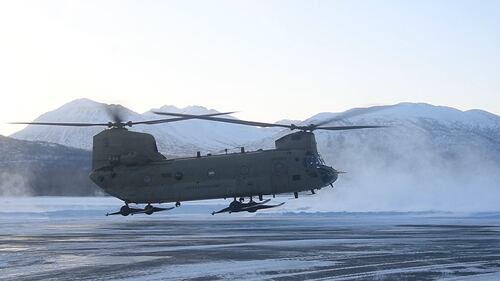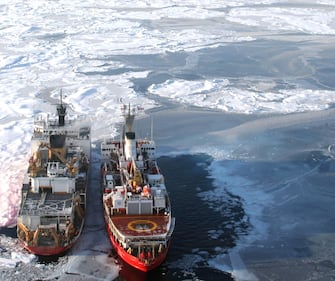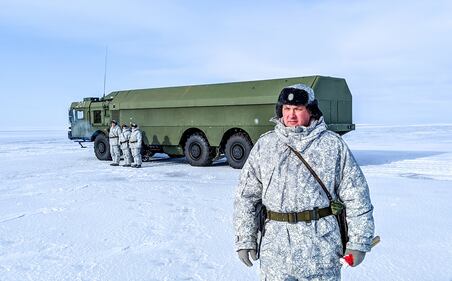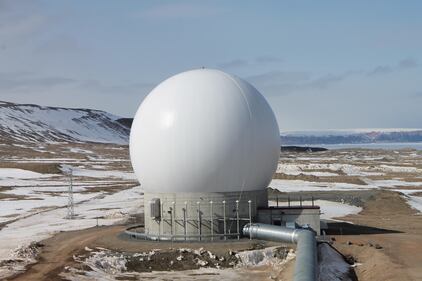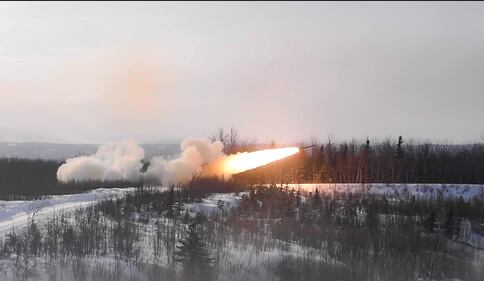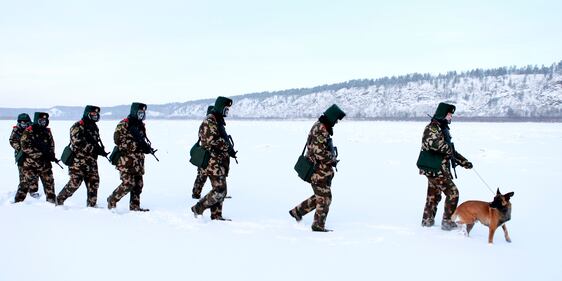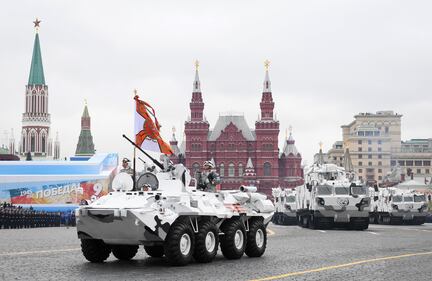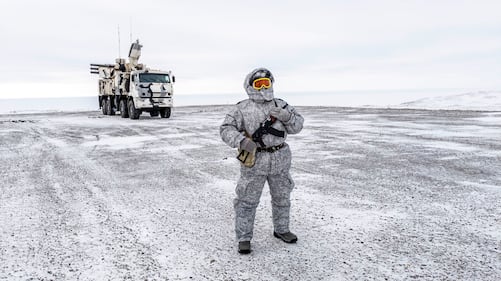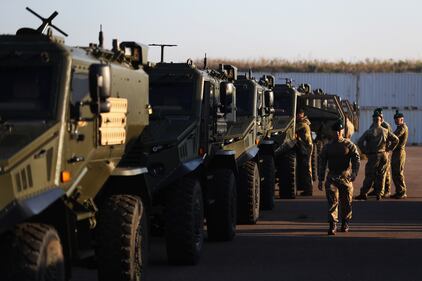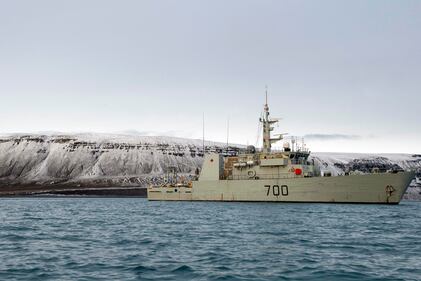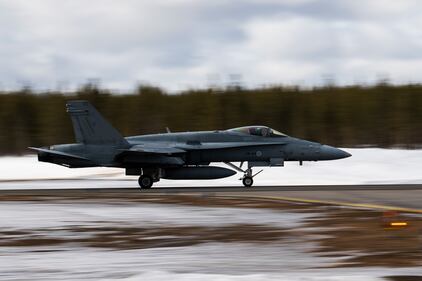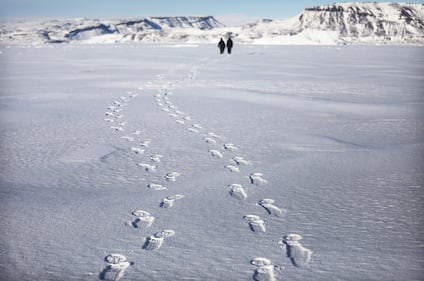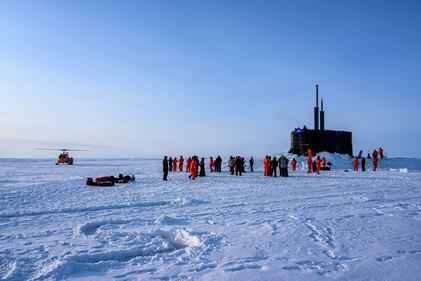Russia and China have been busy in a rapidly changing Arctic, and America seems to have barely noticed. Focused elsewhere, the U.S. now finds itself ill-prepared to compete in the thawing, resource-rich arena that also offers adversaries avenues of approach to the American homeland.
If America is going to compete effectively against Russia and China, Washington must recognize that the competition is playing out in the Arctic too — and act accordingly.
Rising interest and activity in the Arctic largely coincide with the ongoing retreat of sea ice. Correspondingly, vessel traffic in waters north of the Bering Strait has increased 128 percent over the last decade.
The pace of activity will only increase as the region begins experiencing ice-free summers over the next 15 to 30 years. This, in turn, will open access to significantly shorter ocean routes and vast deposits of oil, natural gas, critical minerals and rare earth elements. That is no small thing, since the Arctic is estimated to house 22 percent of the world’s untapped oil and natural gas resources.
Russia, eager to exploit these opportunities and lacking sufficient warm water ports, has been quick to take advantage of the evolving conditions in the north. Moscow has invested heavily in its Arctic military posture, establishing an Arctic-focused Joint Strategic Command, refurbishing 50 regional sites to include airfields, radars and rescue stations, and opening 16 deep-water ports.
Eager to secure its own access to the Arctic, Russia seems increasingly inclined to deprive that access to others by enacting unlawful Northern Sea Route passage restrictions. Even more alarmingly, last year Russia deployed a Bastion coastal defense cruise missile unit directly across the Bering Sea from Alaska. According to the previous commander of U.S. Northern Command, this system could enable Moscow to “control access to the Arctic through the Bering Strait, but also to strike land targets in parts of Alaska with little to no warning.”
Image 0 of 14
China has been no less purposeful in its Arctic pursuits: garnering observer status to the Arctic Council, navigating warships through U.S. territorial waters, operating research stations in Norway and Iceland, fielding two icebreakers to further Arctic “research,” and initiating the Polar Silk Road.
Resource-starved China contends these activities are benign, but Beijing’s pursuit of dual-use Arctic infrastructure raises questions.
Compounding the competitive environment, the U.S. Department of Defense has expressed concerns regarding “signs of a nascent but growing strategic cooperation between China and Russia,” both globally and in the Arctic.
These developments are particularly troubling in light of the relative inactivity demonstrated by the United States in the region. Perhaps this poor state of U.S. Arctic efforts is best epitomized by the Coast Guard cutter Healy — America’s sole medium polar icebreaker — that returned early from operations this year due to a motor fire. With no forecast for a return to service, the U.S. is currently without a single icebreaker to support the Arctic.
In startling contrast, Russia has 54 icebreakers, many armed and some nuclear-powered.
This capability shortfall presents substantive challenges in a region where “presence equals influence,” as U.S. Coast Guard Commandant Adm. Karl Schultz put it. And America’s first new polar security cutter is not scheduled for delivery until 2024.
Unfortunately, the absence of Arctic icebreakers is but one of many instances where U.S. capability and capacity lags behind regional requirements. Other substantive gaps include lack of a strategic Arctic port, degradation or loss of communications at high latitudes, and scarce polar-capable Navy and Coast Guard surface ships.
Last year, the Pentagon submitted an Arctic strategy to Congress. But without urgent action to match desired ends and available means, Washington risks strategic insolvency in the north.
RELATED
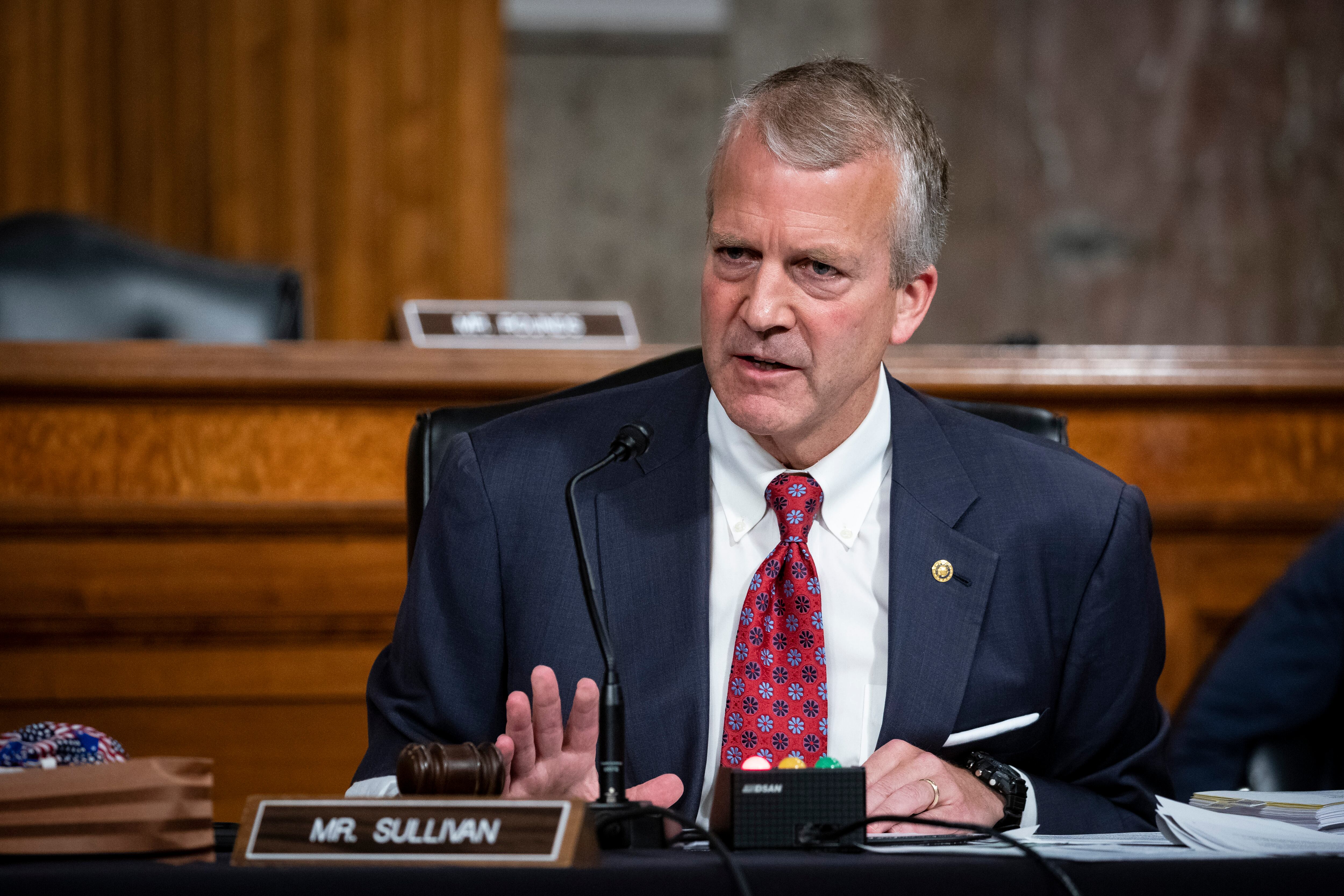
Retired Coast Guard Adm. Paul Zukunft told Defense News: “We are lagging a couple decades behind where we need to be” in the Arctic.
To begin closing these gaps and to enable the U.S. to better compete in the Arctic, Washington needs to act now.
First, Congress should support U.S. Northern Command’s top unfunded priority for Arctic communications. Doing so would facilitate progress toward better domain awareness, enabling both effective operations and the ability to “detect and track threats” in the northern latitudes.
Second, Congress should also support construction of a deep-water port at Nome, Alaska. Executing the United States Army Corps of Engineers' recommendation would result in infrastructure that enhances logistics, access and force projection for destroyer and polar security cutter vessels operating in Arctic waters. The Department of Defense should expand on this effort by reviewing requirements for infrastructure along the Alaskan coast and Aleutian Islands that further its Arctic strategy.
Third, consistent with a White House memorandum, Washington should assess options to lease or accelerate acquisition of new icebreakers to ensure “a persistent U.S. presence in the Arctic.” Without the capability afforded by such assets, the U.S. cannot attain surface access to areas with significant sea ice formations.
Fourth, the department should direct the Navy to review requirements for polar-capable ships. Until such vessels are identified and acquired, the United States’ ability to visibly contest Moscow’s unlawful claims to the Northern Sea Route remains limited.
And finally, Congress should direct U.S. Northern Command to produce an unclassified report outlining requirements needed to implement the National Defense Strategy with respect to the Arctic. The deliverable, similar to that submitted by U.S. Indo-Pacific Command, would enable more effective congressional oversight.
The U.S. cannot compete effectively with Russia and China by continuing to neglect the Arctic. Moscow and Beijing appreciate the importance of the Arctic and are taking action. Washington should too.
Bradley Bowman is senior director for the Center on Military and Political Power at the Foundation for Defense of Democracies, where U.S. Air Force Maj. Scott Adamson is a visiting military analyst. Bowman previously served as a national security adviser in the Senate. The views expressed or implied in this commentary are solely those of the authors and do not necessarily represent the views of the U.S. Air Force or any other U.S. government agency.

